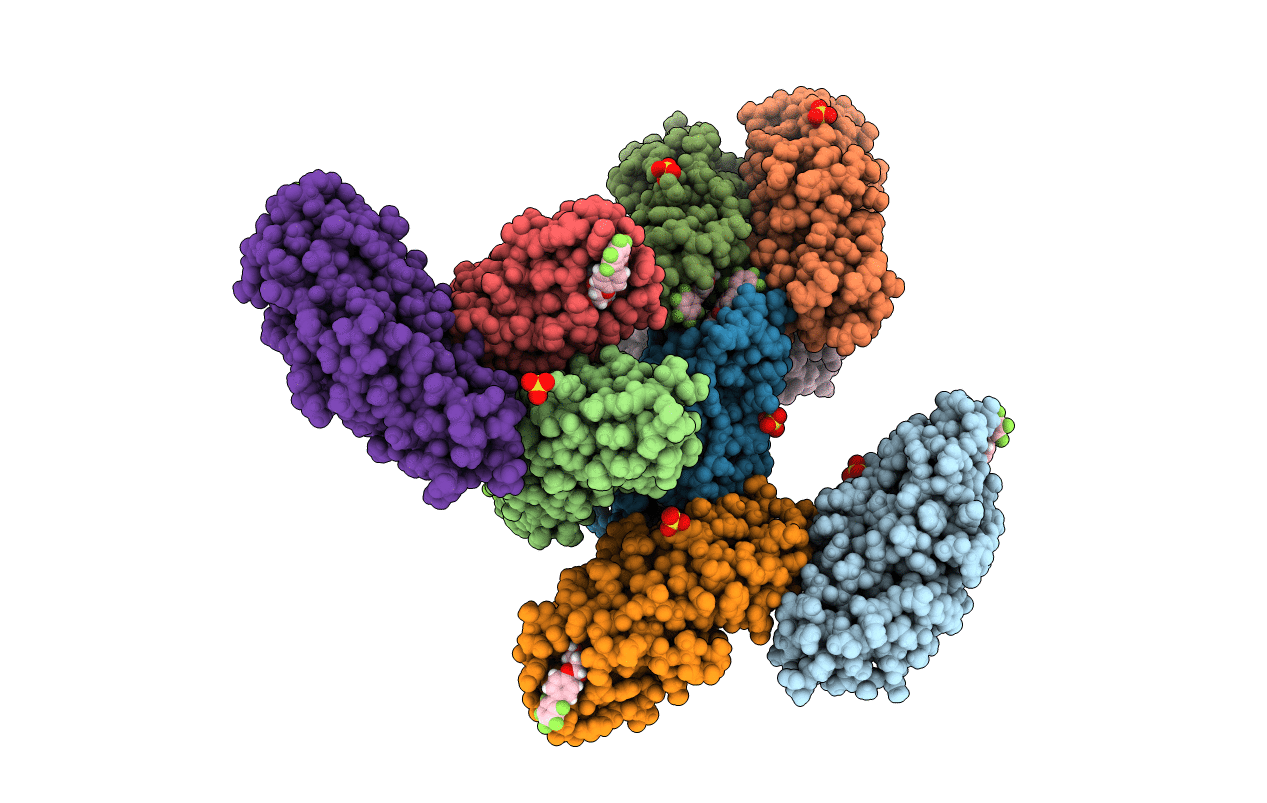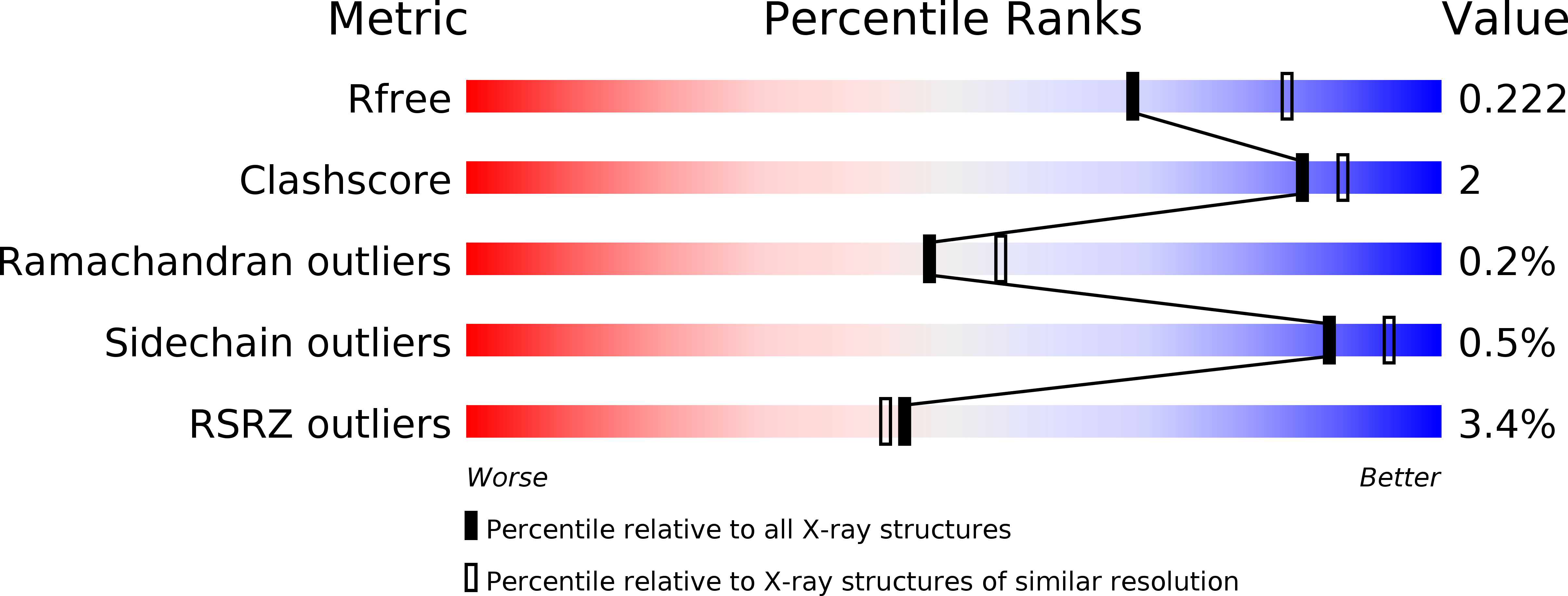
Deposition Date
2018-03-23
Release Date
2019-03-20
Last Version Date
2024-11-13
Entry Detail
PDB ID:
6G2S
Keywords:
Title:
Crystal structure of FimH in complex with a pentaflourinated biphenyl alpha D-mannoside
Biological Source:
Source Organism:
Escherichia coli (strain K12) (Taxon ID: 83333)
Host Organism:
Method Details:
Experimental Method:
Resolution:
2.20 Å
R-Value Free:
0.22
R-Value Work:
0.19
R-Value Observed:
0.19
Space Group:
P 32


